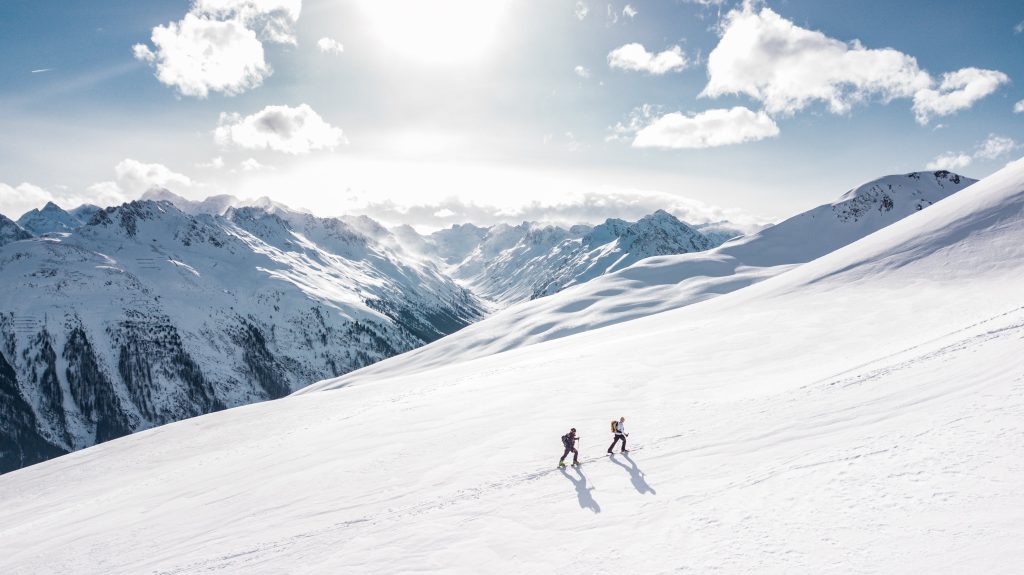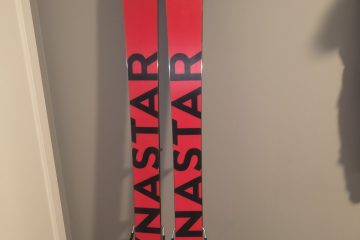Ski touring, also known as randoneè or alpine touring, is a form of backcountry skiing that combines elements of alpine and cross-country skiing. It’s a sport that allows skiers to travel both up and down unpatrolled and often unmarked mountain terrain, offering a unique blend of adventure, exploration, and physical challenge.

Historical Background:
- Early Origins: The practice of skiing for transportation and hunting dates back thousands of years, but the concept of randonee skiing as a sport is more modern, evolving significantly over the past century.
- Development of Equipment: Significant advancements in ski technology during the 20th century, such as the invention of bindings that could release for uphill travel and then lock down for descents, made randonee skiing more accessible and popular.
- Growth in Popularity: In recent decades, the sport has seen a surge in popularity, driven by improvements in equipment, increased interest in backcountry adventures, and the desire to explore beyond traditional ski resort boundaries.
Techniques and Equipment in Randonee Skiing:
- Uphill Travel:
- Skinning: Skiers attach skins to the bottom of their skis to provide traction for ascending slopes.
- Kick Turns: A technique used to change direction while climbing steep terrain.
- Efficient Movement: The focus is on conserving energy during ascent, utilizing a steady, rhythmic pace.
- Downhill Skiing:
- Alpine Techniques: On the descent, randonee skiers use alpine skiing techniques, requiring control and skill to navigate variable backcountry snow conditions.
- Avalanche Safety: Knowledge of avalanche safety and the ability to navigate complex mountain terrain are crucial.
- Equipment:
- Specialized Gear: Randonee skiing requires specific equipment, including lightweight yet sturdy skis, bindings that allow for both uphill and downhill travel, climbing skins, and boots that can switch between walk and ski modes.
- Safety Equipment: Carrying avalanche safety equipment (avalanche transceiver, shovel, and probe) is essential for backcountry travel.
Randonee skiing is celebrated for offering a deep connection with nature, a sense of freedom, and the thrill of skiing in untouched snow. It attracts those who seek a more solitary and adventurous experience compared to resort skiing, but it also requires a high level of fitness, technical skill, and knowledge of mountain safety.
Ski touring posts
How to store boots, skins and skiis in summerYou have just taken the last trip of the season and now you are ready to put you skis away… 
Terrain trapsTerrain traps are landscape features that increase the fatality rates when caught in an avalanche. 
Randonee-avalanche safetyAvalanches are dangerous, here you will learn about avalanche safety. 
Avoid buying the wrong ski touring gearWhen buying ski touring gear, there are several important factors to consider to ensure you have a safe and enjoyable… 
4 tips to plan a ski touring adventureYou might have just bought some backcountry skiis, and are now wondering how to plan a ski touring trip. Here… |